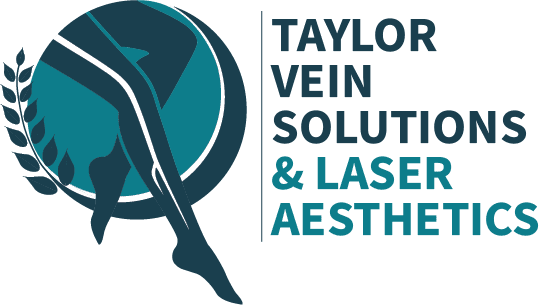How much does spider vein treatment cost?
The exact cost of your spider vein treatment will depend on the type of treatment you receive and the specific details of your procedure. The average prices you may see online for sclerotherapy do not always include all costs and fees associated with the procedure. Laser spider vein treatments are often slightly more expensive than sclerotherapy.
The best way to get an accurate cost estimate for your spider vein treatment is to schedule a consultation with Dr. Ramaswami to discuss the specifics of your procedure.
Does insurance cover the cost of spider vein treatment?
Insurance coverage for spider vein treatment depends on whether or not the procedure is deemed medically necessary. If spider veins cause significant pain, swelling or other symptoms, insurance might cover part or all of the treatment cost. However, if the treatment is for purely cosmetic reasons, it is unlikely to be covered by insurance. You can call the number on the back of your insurance card to check with your insurance provider to determine if your treatment may be covered.
Do spider vein treatments hurt?
Spider vein treatments are generally well-tolerated, though some mild discomfort may be expected. During sclerotherapy, some patients report feeling a mild burning or stinging sensation when the solution is injected into the veins.
Laser treatments can cause a sensation similar to a rubber band snapping against the skin. Most patients find these sensations manageable, and Dr. Ramaswami takes great care to maximize your comfort during your procedure. Topical or local anesthetics may be used to minimize any discomfort during your spider vein treatment.
How soon will I see results?
With sclerotherapy, you might start noticing improvements within a few weeks as the treated veins gradually fade. Full results can take anywhere from 6 weeks to 3 months to develop. Laser treatments can also yield visible results within a few weeks, with continued improvement over several months. The exact timeframe for your results will depend on your individual healing process and the severity of the spider veins that were treated.
How many spider vein treatment sessions will I need?
The number of spider vein treatments you will need depends on a number of factors, including the size, location and severity of your spider veins and the type of treatment that Dr. Ramaswami recommends.
Smaller areas with fewer veins might require only 1 or 2 sessions, while larger or more extensive areas could need 3 to 5 sessions. Each session typically takes around 30 minutes to complete. Dr. Ramaswami will evaluate your veins and develop a personalized treatment plan to achieve the best results.
Are spider vein treatment results permanent?
While spider vein treatments can effectively eliminate existing veins, they do not prevent new veins from forming. The treated veins are permanently closed and absorbed by your body, but lifestyle factors, genetics and underlying venous conditions can cause new spider veins to develop over time. Maintaining a healthy lifestyle, including regular exercise, wearing compression stockings and avoiding prolonged periods of standing or sitting, can help to minimize the risk of new spider veins developing.










